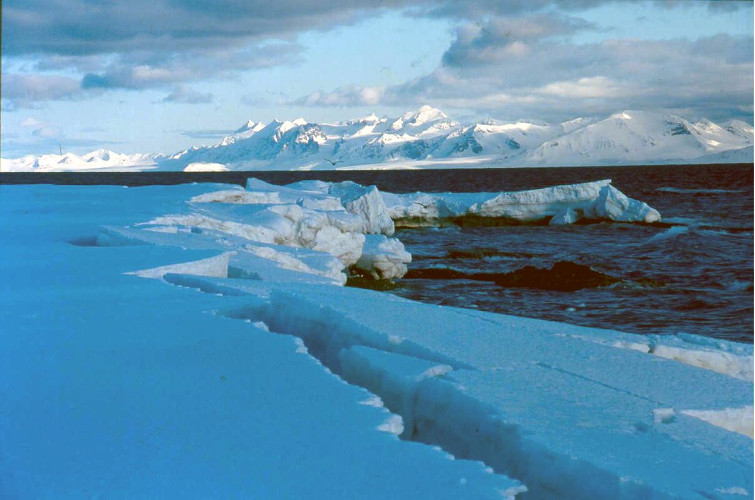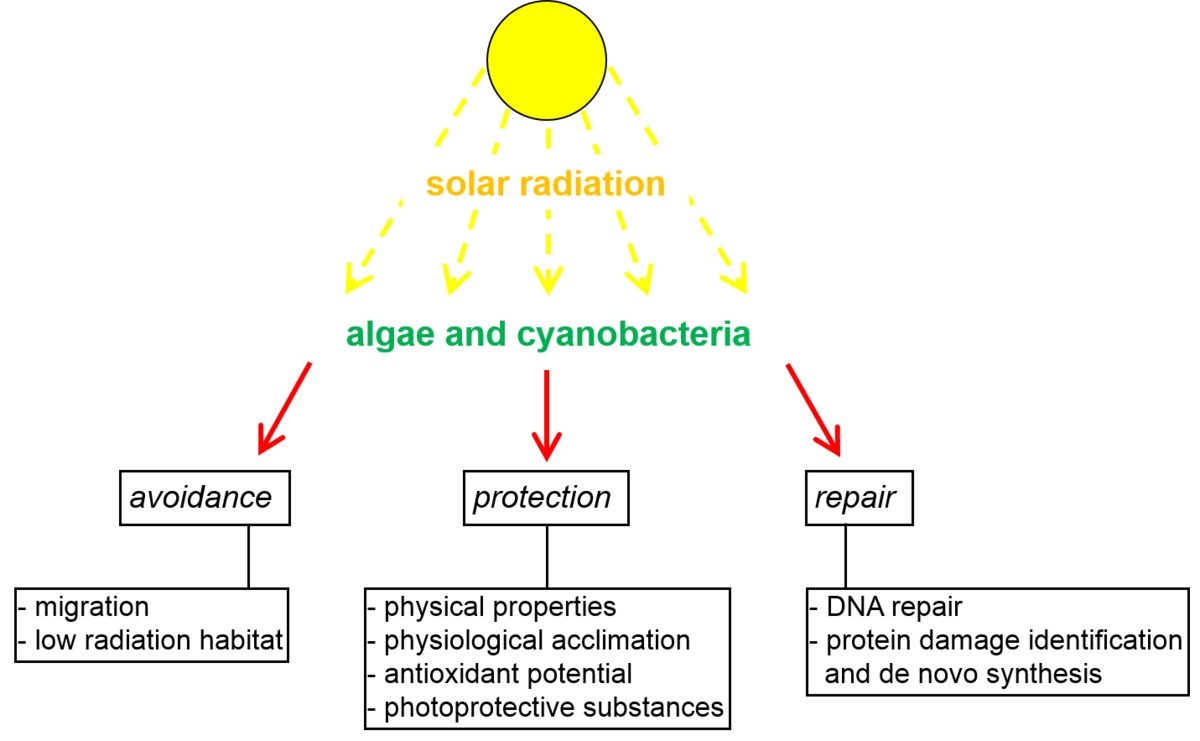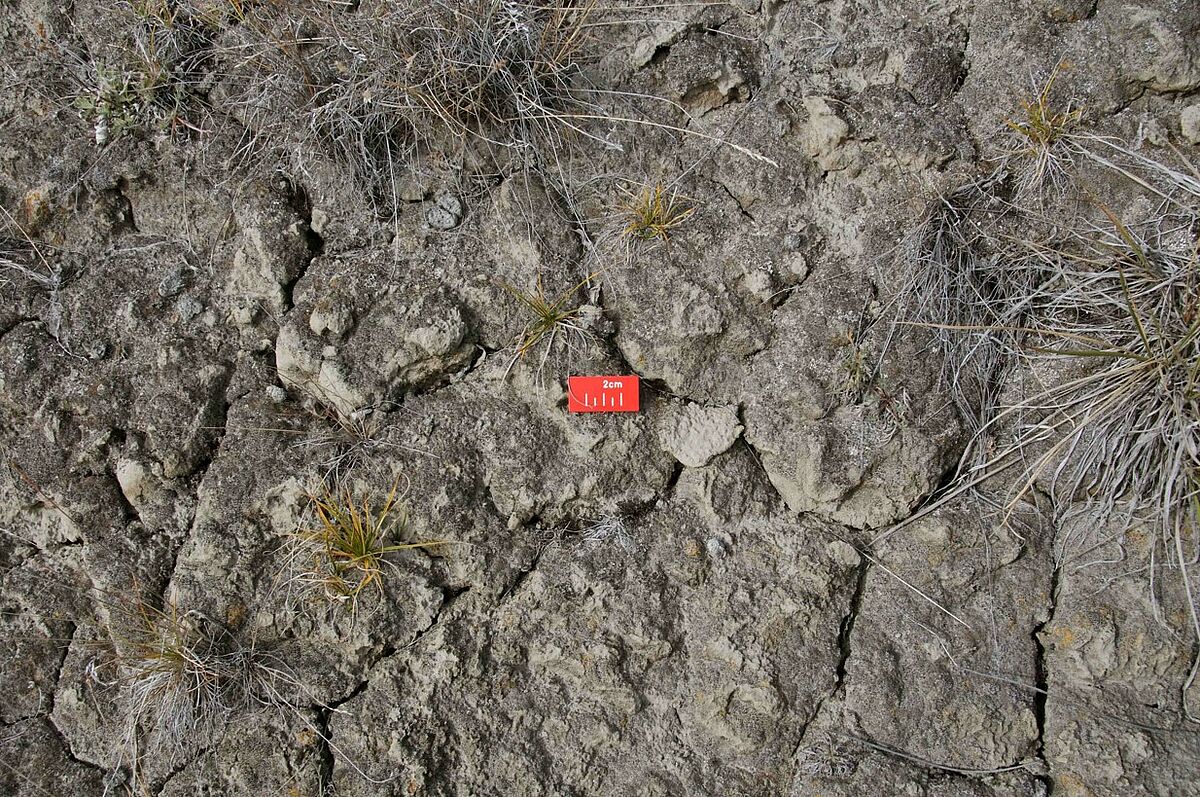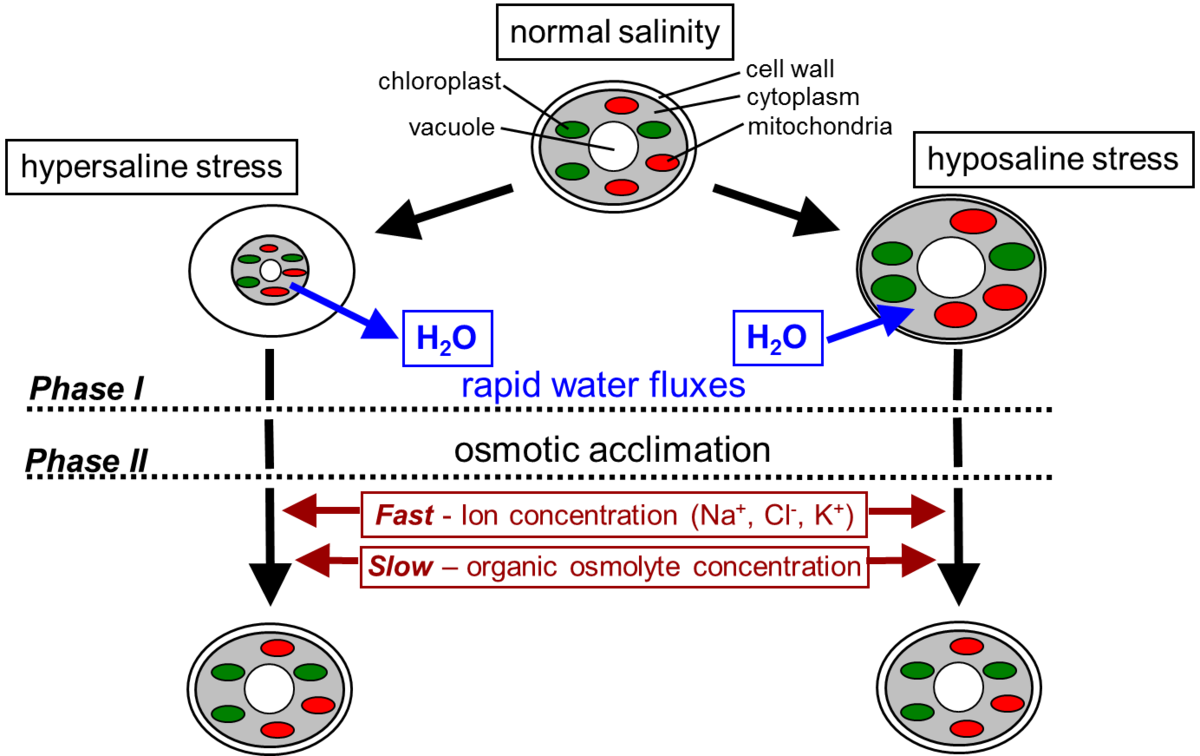Adaptations to extreme environmental conditions
We are interested in the adaptation and acclimation strategies and capabilities of algae living in extreme habitats, and how they respond to climate change. These extreme habitats range from the Polar Regions to the Atacama Desert, which are characterised by pronounced environmental gradients, such as limited water availability. Under controlled laboratory conditions, we study the ecophysiological, biochemical and molecular biological mechanisms of the adaptability of algae to various environmental factors and compare these lab data with those from field studies.
Extreme temperatures
Terrestrial algae in biological soil crusts are exposed to strong temperature gradients, due to diurnal and seasonal changes. We therefore study growth and photosynthesis under various temperature regimes and determine optimal conditions as well as upper and lower limits, using mathematical models. Studies of benthic macrophyte communities in the Baltic Sea show, that especially a rise in water temperature will lead to a dieback of the key species Fucus vesiculosus (bladder wrack).
Increased UV stress
Hard ultraviolet radiation (UV-B, wave length: 280-315 nm) is increasing in many regions of the world, due to the depletion of the stratospheric ozone layer. UV-B is mutagenic and damages many biomolecules and processes in cells. However, many algae manage to protect themselves by usiong specific sun-protective substances. The ability to synthesise UV-absorbing mycosporin-like amino acids (MAAs) has been demonstrated for many marine and terrestrial algae. Our reserach focusses on the MAA metabolism and how it is driven by environmental factors. In cooperation with pharmacists from the University of Innsbruck, we search for new, undescribed MAAs in marine and terrestrial algae (https://www.uibk.ac.at/pharmazie/pharmakognosie/extremophil-2017/).
Desiccation stress
Terrestrial algae in biological soil crusts are often exposed to desiccation stress. Water may only be available after precipitation, but is lacking during dry periods. Many terrestrial microalgae thus form thick cell walls and a pronounced cytoskeleton as a mechanical protection, or mucus layers as protection against evaporation. Algal growth is often possible even without liquid water at 95-100% humidity. Many terrestrial microalgae synthesise and accumulate sugar alcohols as protective and water-holding substances, which counteract the threat of raised salt concentrations under desiccation stress, and stabilise sensitive proteins and provide energy for the survival metabolism and repair processes.
Salt stress
Algae on tidal shores and in estuaries are constantly exposed to changes in salinity. Likewise, a high salt concentration in soil leads to stress in terrestrial algae. Salt stress impairs the physiology of algae, but they may be capable of osmotic acclimation. To achieve this, they regulate intracellular levels of inorganic (mostly Na+ and Cl-) and organic osmolytes (e.g. sugar alcohols). Organic osmolytes may also serve as so-called compatibles solutes, i.e. they stabilise enzymes, membranes and structural macromolecules under salt stress.




